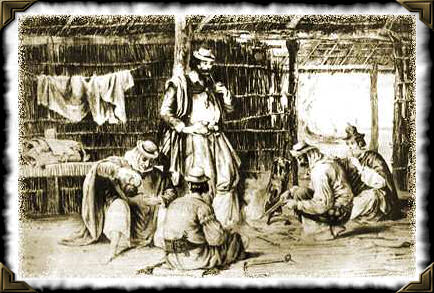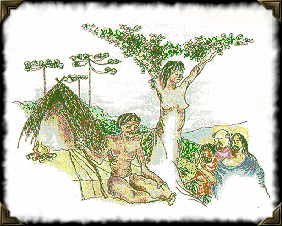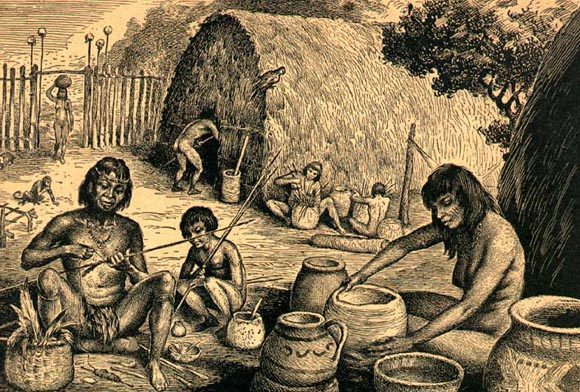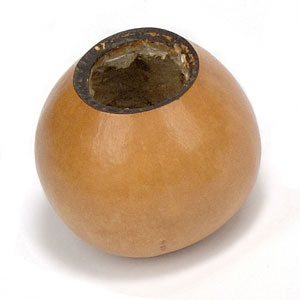ALL RIGHTS RESERVED, poema
de Adrian'dos Delima, em agradecimento a Jerome Rothenberg por este haver cedido
gentilmente os direitos de tradução dos seus poemas para o blogue RIM&VIA. Em
versão bilíngue. ALL RIGHTS
RESERVED, Adrian'dos Delima poem in appreciation by Jerome Rothenberg kindly give the rights to translate his poems to the blog RIM&VIA. In bilingual version.
ALL RIGHTS RESERVED
(uma amostra geopoética)
(uma amostra geopoética)
para Jerome Rothenberg
comigo alright
com um meu amigo Jerome it’s all
aqui comigo tá
bem está um bem-estar só junto de um
novo daqueles meus velhos
que me manda saudações lá desde a Califórnia
tomamos um mate
foi no fim
da tarde
foi aqui nesse sul ignoto
um grande match
cá com nós estão os direitos
certos e
bem guardados
temos as porteiras como um livro aberto
poesia com baús não se guarda
com vosmecê vivente como está
ao velho Jerome não perguntei e tava tudo
aqui não se pergunta a causo do que
se sabe
mas você meu amigo você tem que tomar um rumo
com quantas palavras se faz um Rothenberg & Jerome
& você de quanto é feito
quantas as suas
seus quantos são
os seus direitos reservados
se aprochega se aprochega nisso como queira
se a vosmecê parece assalto
estendo a mão
& aperte os ossos
sê igual a Jerome
07/SETEMBRO/2011
>>>>>>>>>>>>>>>>>>>>>>>>>>>>>>>>>>>>>>>>>>>
ALL
RIGHTS RESERVED
(a geopoetical sample)
(a geopoetical sample)
to Jerome Rothenberg
with me está bien
with one my friend Jerome está todo
here with me it’s
right is a just
well-being along with a
new friend of those my
old
who sends to me
greetings from there California
we had a mate¹
it was in the late
afternoon
it was here in this
unknown south
a great match
just between us are the
rights certain and
well stored
we have the farm
gates like an open book
poetry isn’t stored by
trunks
with ye living
soul how it’s
for old Jerome I didn’t
ask and it was all
here between us we don’t ask ‘cause
of that
it’s
known
but
you my friend you must find your course
with how many words one
does a Rothenberg & Jerome
and you with how
much are you made of
how
many are yours
your how
many are
your reserved rights
near you
near you in this as you
will
if for you it seems
holdup
I spread the hand out
and hold tight the bones
be
the same as Jerome
Translation Adrian'dos Delima and Gentil Saraiva Júnior
Translation Adrian'dos Delima and Gentil Saraiva Júnior
SEPTEMBER/07/2011
1
Mate (beverage), a popular caffeinated beverage made from yerba maté.
Mate
or Yerba maté (yerba: Spanish word for herb), is a South American herb used to
make the beverage. The word "mate" comes from the Quechua word "mati" or "matty" which means "gourd" - the bowl usually used for tea mate.
 |
| Gauchos taking a mate |
Yerba Mate, experience for good friends...
|
from Wikipedia:
Legendary origins
 The Guaraní (Guarani, in Portuguese) indigenous people started drinking mate in the
region that now includes Paraguay, southern Brazil, south-easthern Bolivia,
north-east Argentina, and Uruguay. The Guaraní have a legend that says that the
Goddesses of the Moon and the Cloud came to the Earth one day to visit it but
they instead found a Yaguareté (a jaguar) that was going to attack them. An old
man saved them, and, in compensation, the Goddesses gave the old man a new kind
of plant, from which he could prepare a "drink of friendship".
The Guaraní (Guarani, in Portuguese) indigenous people started drinking mate in the
region that now includes Paraguay, southern Brazil, south-easthern Bolivia,
north-east Argentina, and Uruguay. The Guaraní have a legend that says that the
Goddesses of the Moon and the Cloud came to the Earth one day to visit it but
they instead found a Yaguareté (a jaguar) that was going to attack them. An old
man saved them, and, in compensation, the Goddesses gave the old man a new kind
of plant, from which he could prepare a "drink of friendship".
*************************
Mate
(Spanish pronunciation: [ˈmate]), also known as cimarrón or chimarrão (Portuguese), is a traditional South
American infused drink, particularly in Uruguay, Argentina, Paraguay, southern
states of Brazil, (more drunked in Rio Grande do Sul) and in the Pantanal,south
of Chile, the Bolivian Chaco, and to some extent, Syria and Lebanon. It is
prepared from steeping dried leaves of yerba mate (llex paraguariensis, known
in Portuguese as erva mate) in hot water.
Mate is
served with a metal straw from a shared hollow calabash gourd. The straw is
called a bombilla in some Latin American countries, a bomba in Portuguese, and
a bombija or in general a masassa (type of straw) in Arabic. The straw is
traditionally made of silver. Modern commercially available straws are
typically made of nickel silver, called Alpaca, stainless steel, or
hollow-stemmed cane. The gourd is known as a mate or a guampa, while in Brazil
it has the specific name of cuia. Even if the water comes in a very modern
thermos, the infusion is traditionally drunk from mates or cuias.
As with
other brewed herbs, yerba mate leaves are dried, chopped, and ground into a
powdery mixture called yerba. The bombilla acts as both a straw and a sieve.
The submerged end is flared, with small holes or slots that allow the brewed
liquid in, but block the chunky matter that makes up much of the mixture. A
modern bombilla design uses a straight tube with holes, or spring sleeve to act
as a sieve.
History
Mate was
first consumed by the indigenous Guaraní and also spread by the Tupí people
that lived in Southern Brazil. The consumption of mate became widespread with
the European colonization. The consumption of yerba mate became widespread in
the Spanish colony of Paraguay in the late 16th century both among Spanish
settlers and indigenous Guaraní, who consumed it before the Spanish arrival.
Mate consumption spread in the 17th century to the River Plate and from there
to Chile, Bolivia and Peru. This widespread consumption turned it into
Paraguay's main commodity above other wares like tobacco, cotton, and beef.
Aboriginal labour was used to harvest wild stands. In the mid 17th century
Jesuits managed to domesticate the plant and establish plantations in their
Indian reductions in the Paraguayan department of Misiones, sparking severe
competition with the Paraguayan harvesters of wild strands. After their
expulsion in the 1770s, the Jesuit missions - along with the yerba mate
plantations - fell into ruins. The industry continued to be of prime importance
for the Paraguayan economy after independence, but development in benefit of
the Paraguayan state halted after the War of the Triple Alliance (1864–1870)
that devastated the country both economically and demographically.
Brazil
then became the largest producer of mate. In Brazilian and Argentine projects
in late 19th and early 20th century the plant was domesticated once again,
opening the way for plantation systems. When Brazilian entrepreneurs turned
their attention into coffee in the 1930s, Argentina, which had long been the
prime consumer, took over as the largest producer, resurrecting the economy of
Misiones Province, where the Jesuits had once had most of their plantations.
For years the status of largest producer shift between Brazil and Argentina.
| São Miguel, old Guarani mission in southern Brazil. |
 |
| Guarani people taking a mate |
 |
| Gauchos taking a mate |
“… D. João, por graça de Deos, Rey de Portugual e dos Algarves, d’aquem e d’alem Mar, em Africa, senhor da Guinée… – Faço saber a vós, Rodrigo Cezar de Menezes, Governador e Capitão General da Capitania de São Paulo, que ca se tem notícia que nas terras dessa Capitania ha herva a que chamão Congonha, e os Castellanos ‘La Provechosa’ [ a proveitosa]…, porque della se diz poder tirar grande utilidade: Me pareceo de alvitre ordenarvos envieis a este Reino a ordem do meu Conselho Ultramarino, um caixão da dita herva com a receita da forma como se uza della…”.
Agradecimentos pela colaboração na tradução para língua
inglesa a
Gentil Saraiva, tradutor e poeta.
Gentil Saraiva ← Mais informações clique
aqui.




Nenhum comentário:
Postar um comentário
Comente, por favor.